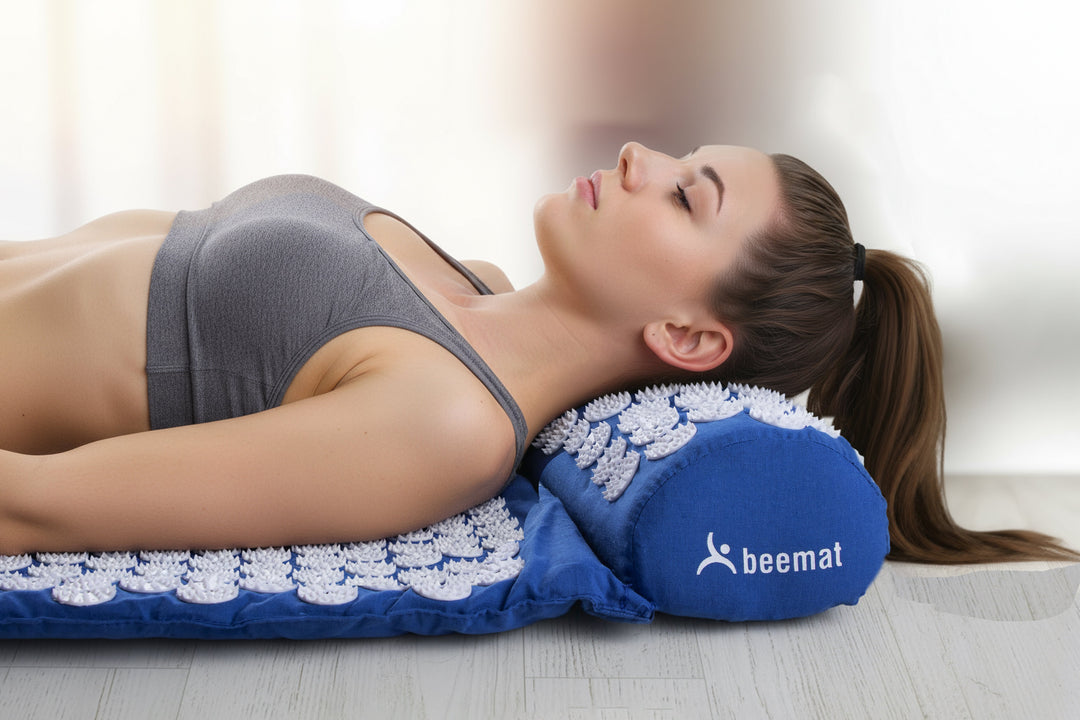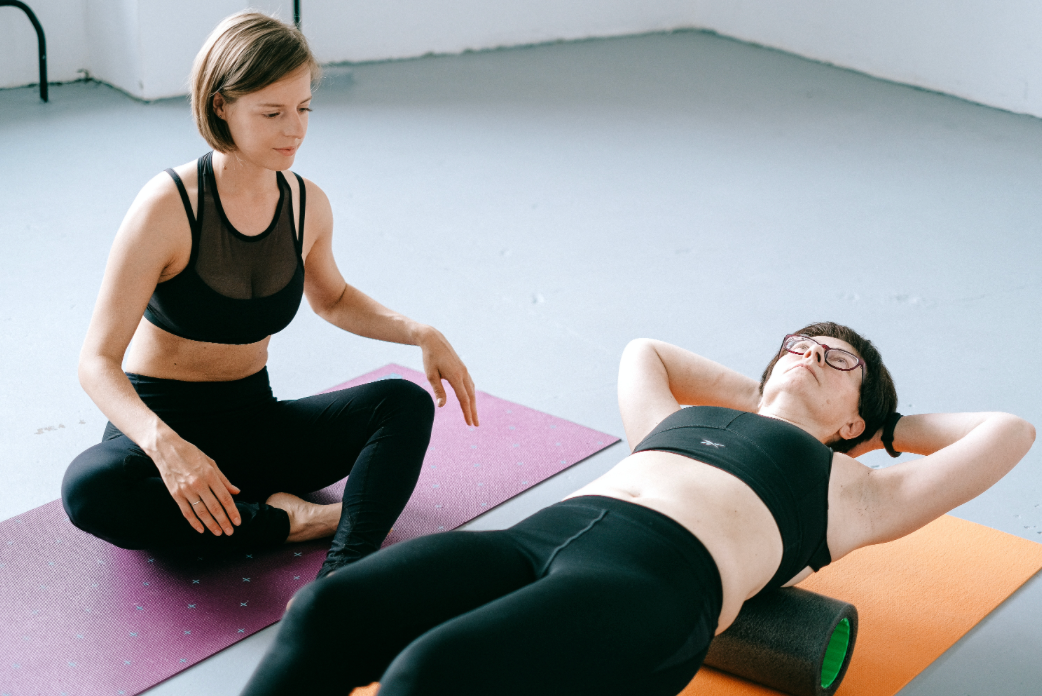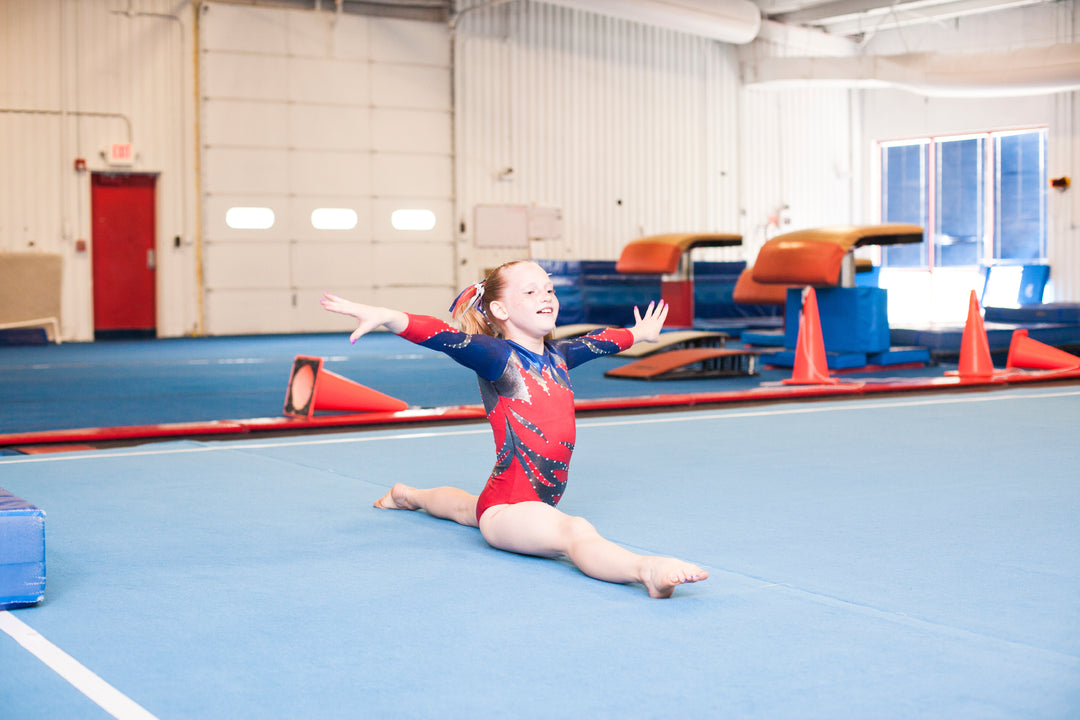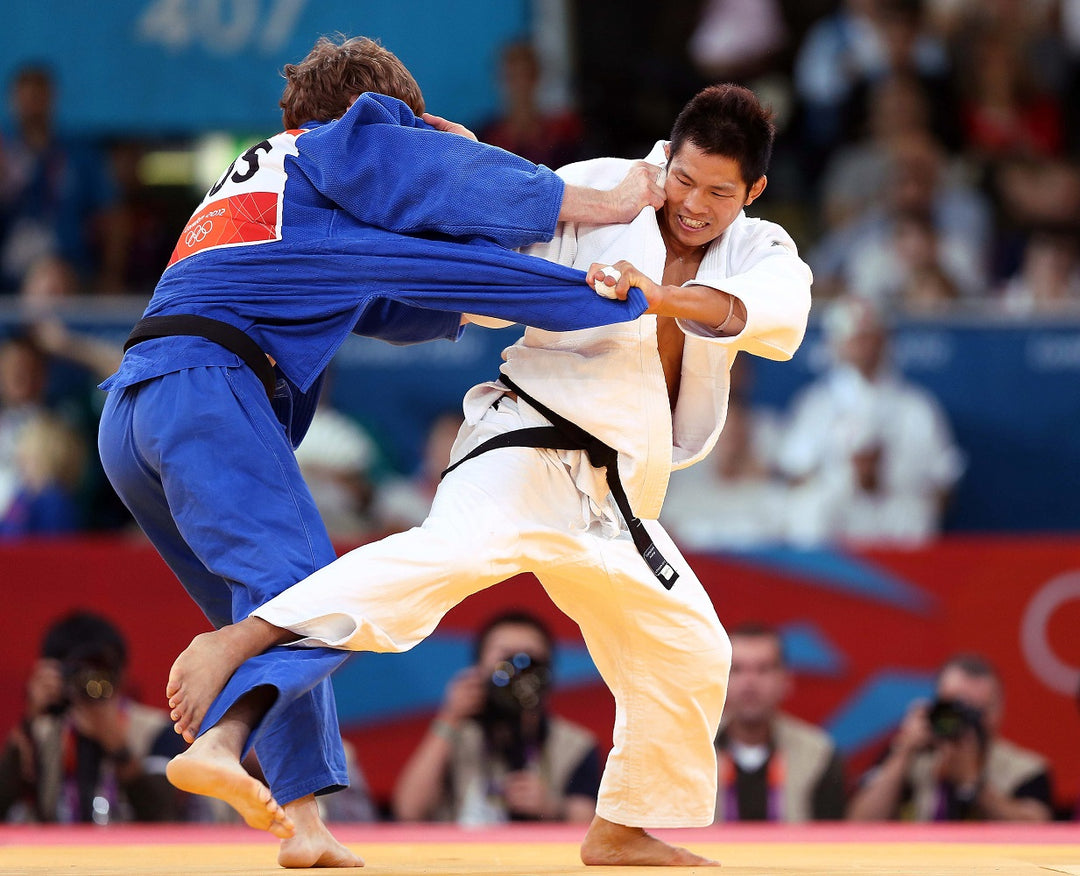Essential Ballet Equipment: Maximising Performance in Classes and at Home
Ballet is a demanding and precise discipline, revered for its elegance, precision, and mesmerising displays of physical strength and grace. Whether you're a seasoned professional or a beginner just starting your journey, having the right ballet equipment is crucial for maximising performance, both in classes and at home. The correct tools not only facilitate proper technique but also help prevent injury, improve flexibility, and promote overall dancer wellness. From resistance bands to ballet barres, each piece of equipment plays a unique role in a dancer's training regimen. This blog will guide you through the essential ballet equipment that can help elevate your artistry, enhance your practice sessions, and prepare you for those magical moments on stage.
The Role of Resistance Bands in Ballet
A resistance band is a versatile piece of fitness equipment made from strong, thin rubber. They come in various levels of resistance, from light to heavy, and can be used for a variety of exercises across different types of workouts.
In ballet, resistance bands play a significant role in strength training and flexibility exercises. They are particularly beneficial for enhancing foot, ankle, and calf muscle strength, which is crucial for ballet dancers who need to perform pointe work and jumps. Moreover, resistance bands can assist in stretching exercises, helping dancers achieve a greater range of motion and flexibility. For example, they can be used to improve leg extensions and splits or to deepen stretches such as the developpé.
Using resistance bands regularly in ballet training can help dancers build the strength and endurance needed for long rehearsals and performances, all while aiding in injury prevention by promoting muscular balance and joint stability.
Choosing the right resistance band for ballet is crucial to ensure effective strength training and flexibility exercises. There are a few factors to consider when selecting the most suitable band for your needs:
Resistance Level: Resistance bands come in various resistance levels. Beginners should start with lighter resistance and gradually move to heavier bands as their strength increases. Remember, the goal is to challenge your muscles without straining them.
Length and Width: Longer bands are more versatile and can be used for a broader range of exercises. Bands that are wider offer more surface area, making them more comfortable to use, especially for exercises involving larger muscle groups or wrapping around the body part.
Material and Texture: Look for bands made from high-quality, durable latex that can withstand repeated stretching. Some bands are made with a slip-resistant texture to ensure they stay in place during exercises.
Your Fitness Goals: The right band also depends on your specific fitness goals. If you're focusing on flexibility and light toning, a lighter resistance might be enough. But if your goal is to build strength and muscle endurance, you might need a band with medium to heavy resistance.

The Beemat Ballet Band serves as an exceptional tool for augmenting your performance and honing your skills. Its lightweight and portable nature makes it a convenient piece of fitness equipment. With dimensions of 1120mm (2240mm Loop) x 38mm x 2.5mm, this band is ideally suitable for strength training exercises with support and body tension workouts.
Foam Rollers: A Key Tool for Ballet Dancers
Foam rollers have increasingly become an integral part of muscle recovery and flexibility enhancement routines for ballet dancers.
Muscle Recovery
Ballet requires intense physical exertion, which often results in muscle soreness and fatigue. Foam rolling can effectively alleviate these symptoms by facilitating self-myofascial release, a technique that aids in the breakdown of lactic acid and assists in the repair of muscle fibers. This can ultimately lead to improved muscle recovery post-workout.
Flexibility Enhancement
In ballet, flexibility is a key component for executing fluid and graceful movements. Foam rolling can help improve flexibility without compromising muscular strength. The pressure from the roller aids in stretching and lengthening the muscles, thereby increasing their elasticity and range of motion. This is particularly beneficial for dancers aiming to achieve better lines and extensions.
Alleviation of Muscle Tightness and Knots
Foam rollers can be used to roll out muscle tightness and relieve knots in the connective tissue. This helps to maintain the smooth functioning of muscles and prevents the formation of trigger points that can hinder a dancer's performance.
In summary, foam rollers serve as a valuable tool for ballet dancers, assisting them not only in the recovery process but also in enhancing their flexibility and overall performance.

Ballet Barres: Essential Equipment for Every Ballet Dancer
Ballet barres provide the necessary support and balance during exercises, allowing dancers to focus on their form and technique. They assist in maintaining stability while executing challenging movements such as relevés, pliés, and battements. For beginners, this support is crucial in developing core strength and balance. Barre exercises are fundamental to ballet training. They help in refining and perfecting techniques that are vital to ballet, such as turnout, alignment, and control. Regular practice at the barre can significantly improve a dancer's precision and fluidity of movement. Moreover, The barre helps dancers warm up properly before intense dance routines, reducing the risk of injuries. It also aids in cool-down stretches post-practice, facilitating muscle recovery and preventing stiffness.
Having a portable ballet barre at home gives dancers the opportunity to practice and polish their skills beyond class time. This added practice can be instrumental in mastering intricate ballet techniques and movements.
Overall, ballet barres are an integral part of ballet training, providing the necessary support and structure for dancers to develop their skills, strength, and flexibility. Whether in a professional studio or a home setup, the ballet barre remains a fundamental piece of equipment for every ballet dancer.
Additional Ballet Stretching Tools
Ballet, a form of dance that demands strength, flexibility, balance, and precision, often necessitates the use of specific stretching tools to aid in a dancer's performance and preparation. Some of these tools include workout mats, and toe pads.
Workout Mats
Workout or exercise mats provide a cushioned surface for stretching and strength exercises. They protect dancers from hard surfaces, making stretches and floor exercises more comfortable and reducing the risk of bruising or injury. Moreover, they can be used for a variety of exercises, including warm-ups, cool-downs, yoga, Pilates, and strength training routines.
Toe Pads
Toe pads offer protection and comfort for dancers who perform en pointe, a technique where dancers support their entire body weight on the tips of fully extended feet. Toe pads cushion the feet, reducing the pressure and friction that can lead to blisters, corns, and other foot problems. They make dancing en pointe more comfortable, allowing dancers to focus more on their technique and performance.
Each of these tools plays a unique role in a ballet dancer's regimen, contributing not only to improved performance but also to safer, more effective practice and preparation. By incorporating these tools into their routines, dancers can enhance their strength, flexibility, and overall technique, while also protecting their bodies from potential injuries.
These tools are only as effective as the dedication you put into your practice. Continuous learning and consistent practice are the bedrock of any successful ballet dancer. Utilising the right tools can enhance your technique, boost your confidence, and ultimately, elevate your performance. So whether you're a beginner just starting out or a seasoned professional, never underestimate the power of practice and the impact of using the right tools.







